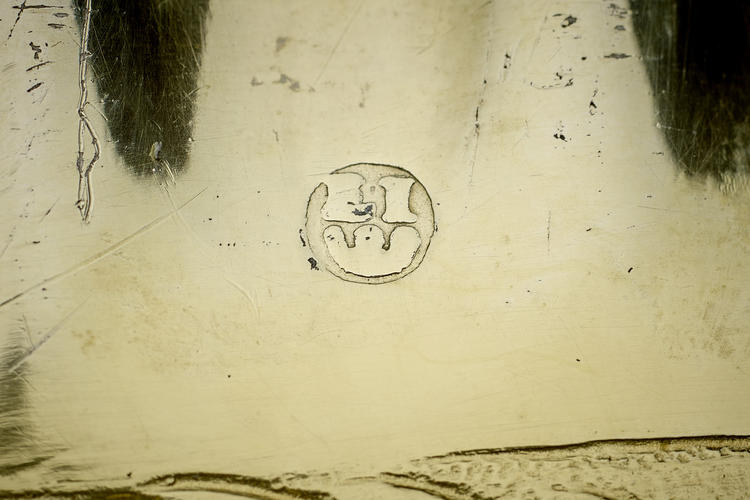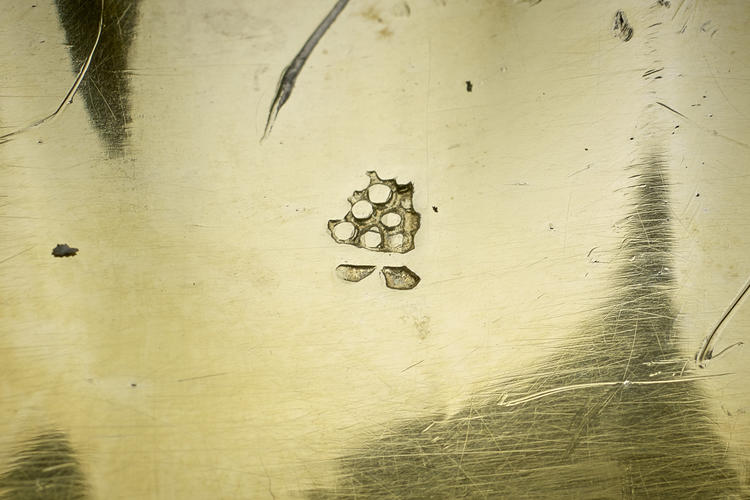-
1 of 253523 objects
Dish c.1680
Silver gilt | 4.8 x 61.0 x 53.7 cm (whole object) | RCIN 51661








-
An oval silver-gilt dish, embossed and chased in relief with a scene of Mucius Scaevola putting his hand in the flames of a brazier. The border contains eight roundels, each with the profile head of a Roman emperor, surrounded by flowers and fruit, with a waved rim. The dish has an Augsburg city mark.
The group of emperors includes Julius Caesar (100-44 BC), Augustus (27 BC–14 AD), Galba (68-69), Philippus (244-249), Hostilian (251), Probus (276-282), Maximian (286-305) and Licinius (308-324). The final chasing of the features has been finely done and the details of the curls of the hair and elements of the dress shown in each demonstrate great care and attention to detail. The source of both the scene of Mucius Scaevola and the heads of the emperors is Johann Ludwig Gottfried's Historische Chronica, illustrated by Matthaus Merian (1593-1650), and published in about 1620 in Frankfurt.
Elias Jäger I was one of a family of Augsburg silversmiths. He appears to have specialised in chased relief scenes – his most extensive surviving work being an altar front depicting the imperial army in the Schwarzwald in 1687, created for St Blaise Abbey (now in the Kunsthistorisches Museum, Vienna).
Struck on rim with mark of Augsburg and maker's mark of Elias I Jager.Provenance
Purchased by George IV (bill untraced).
-
Creator(s)
(goldsmith)(nationality)Acquirer(s)
Subject(s)
-
Medium and techniques
Silver gilt
Measurements
4.8 x 61.0 x 53.7 cm (whole object)
1951.4 g (Weight) (whole object)
Category
Bibliographic reference(s)
EAJ : Jones, E.A., 1911. The Gold and Silver of Windsor Castle, Letchworth p. 12, pl. VI
Place of Production
Augsburg [Germany]